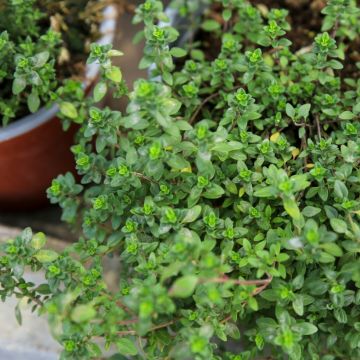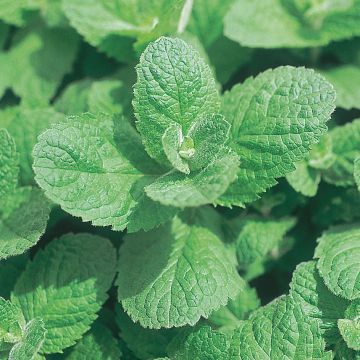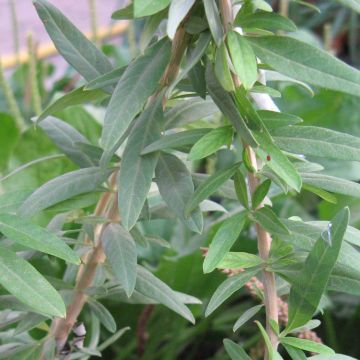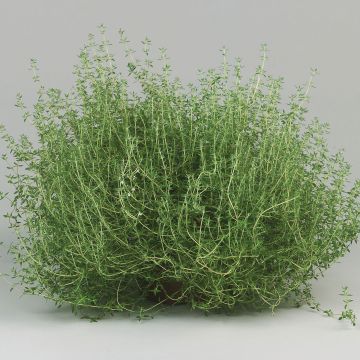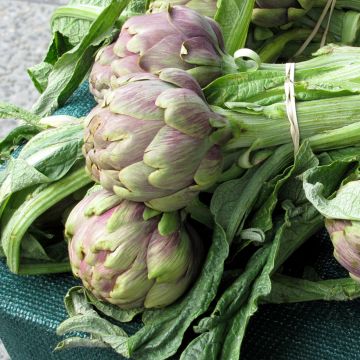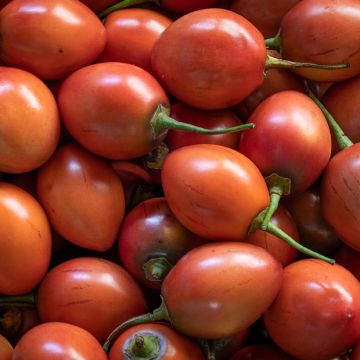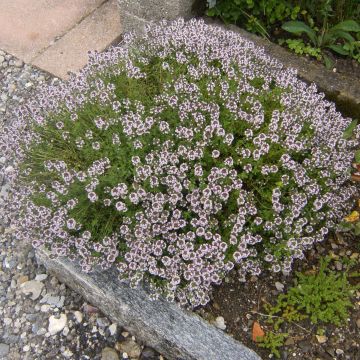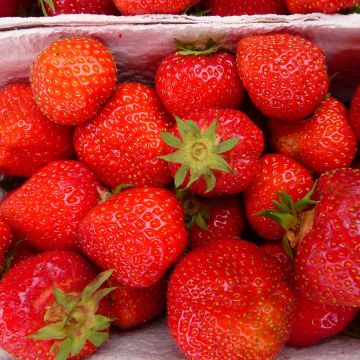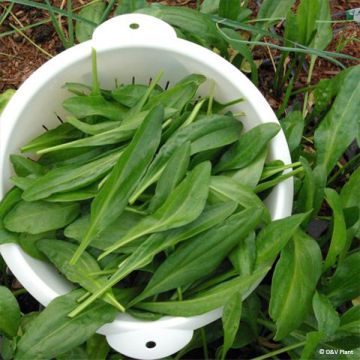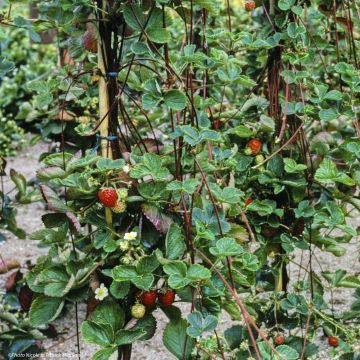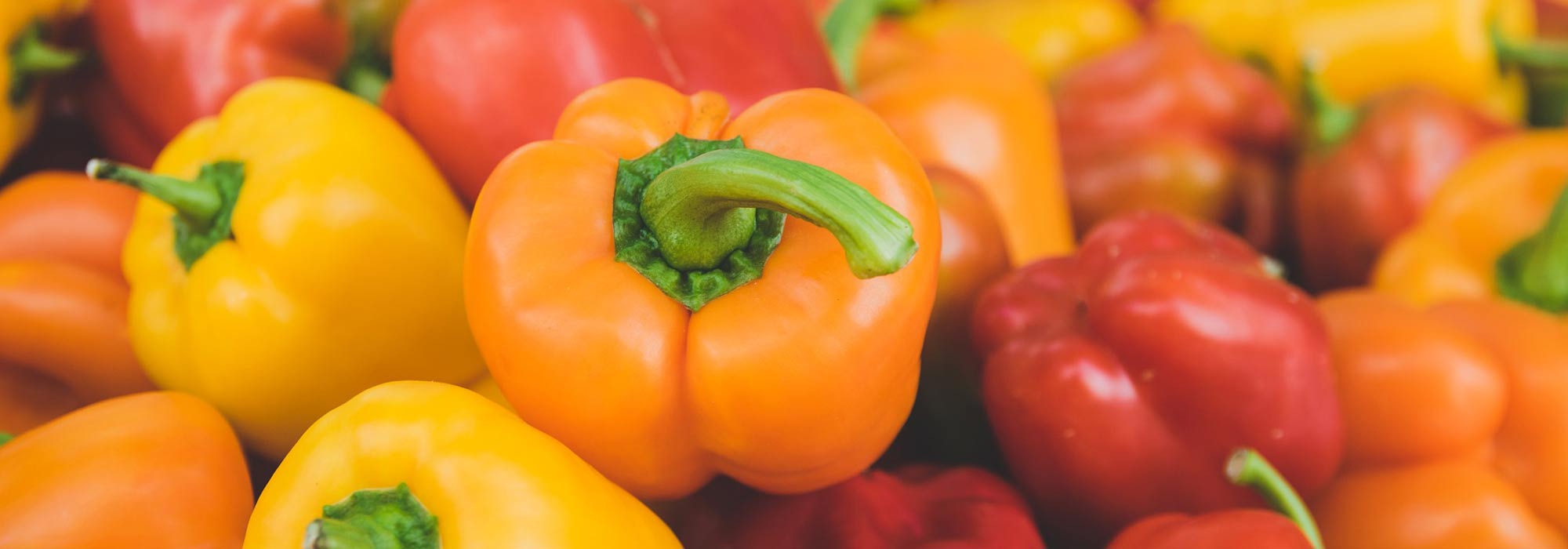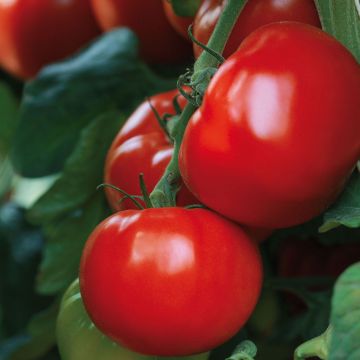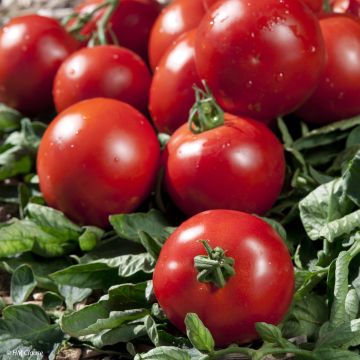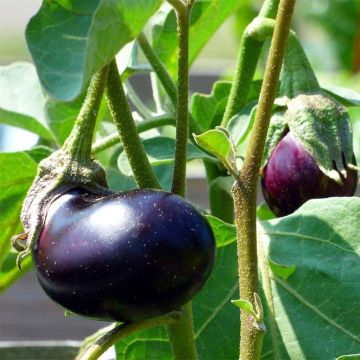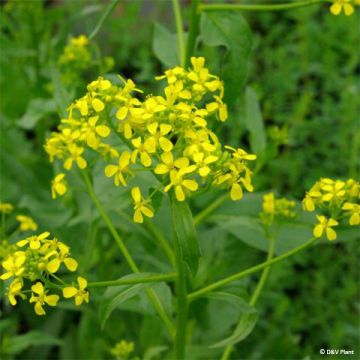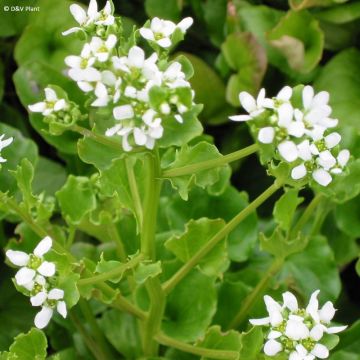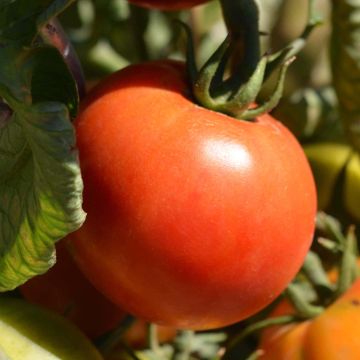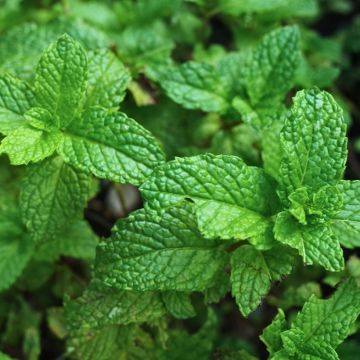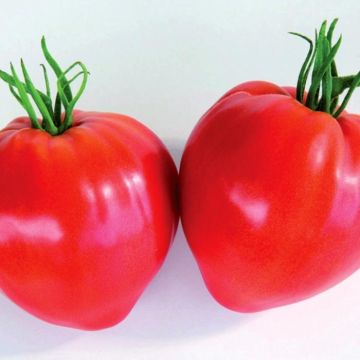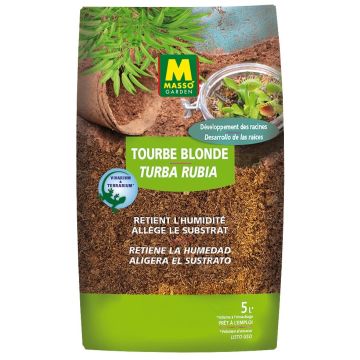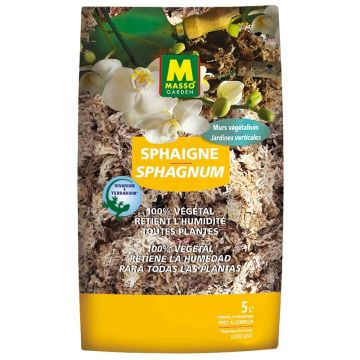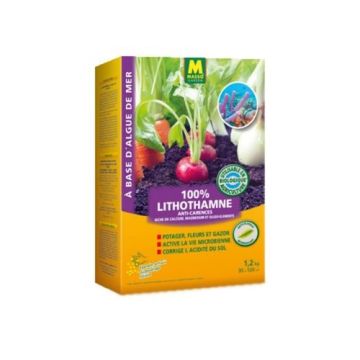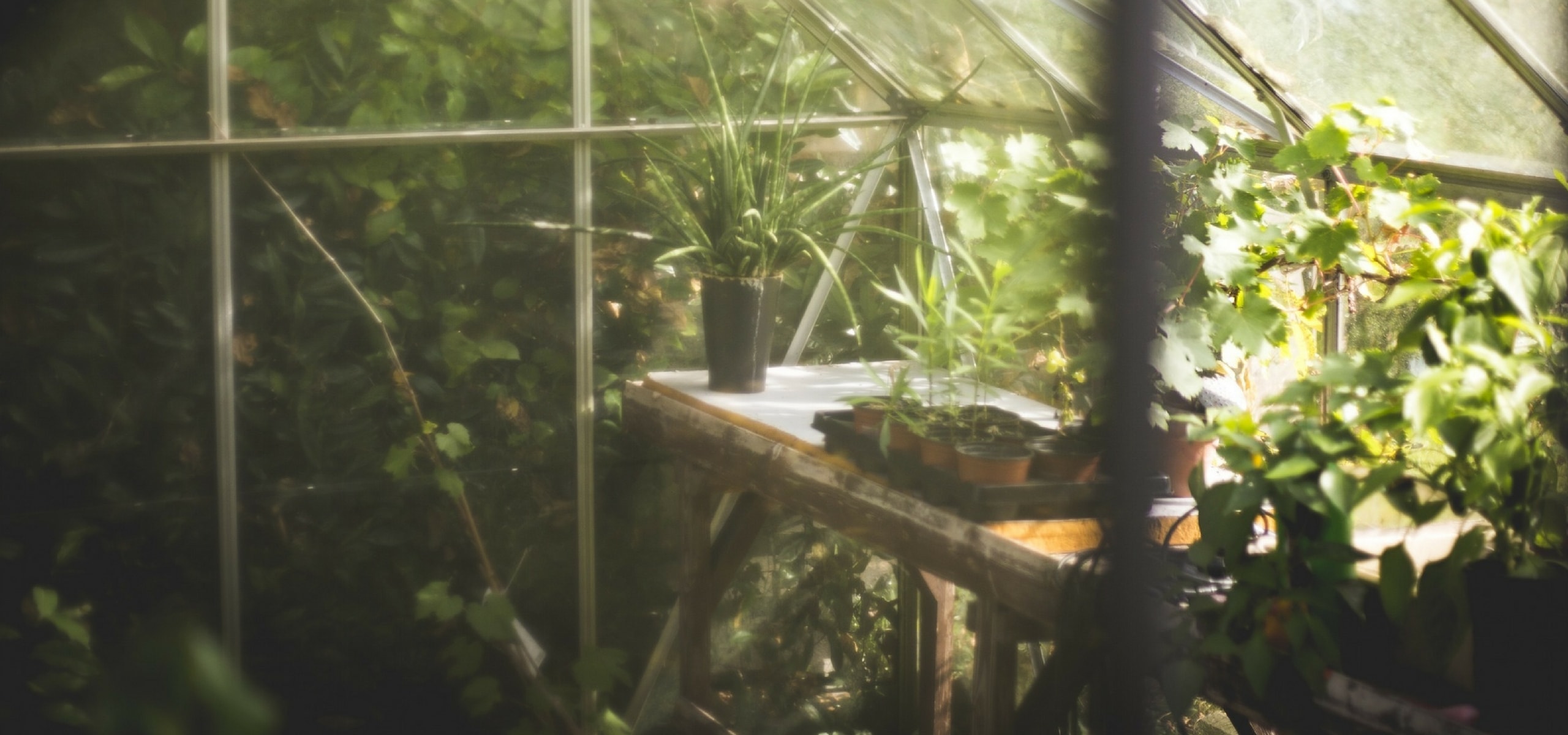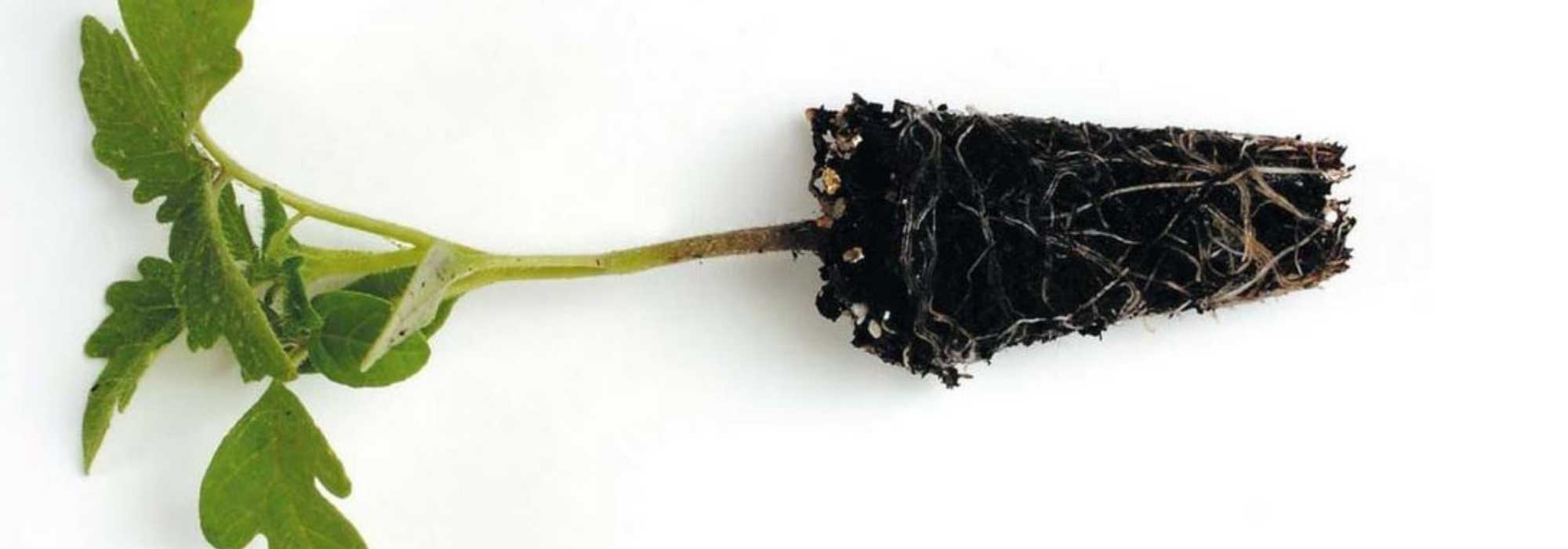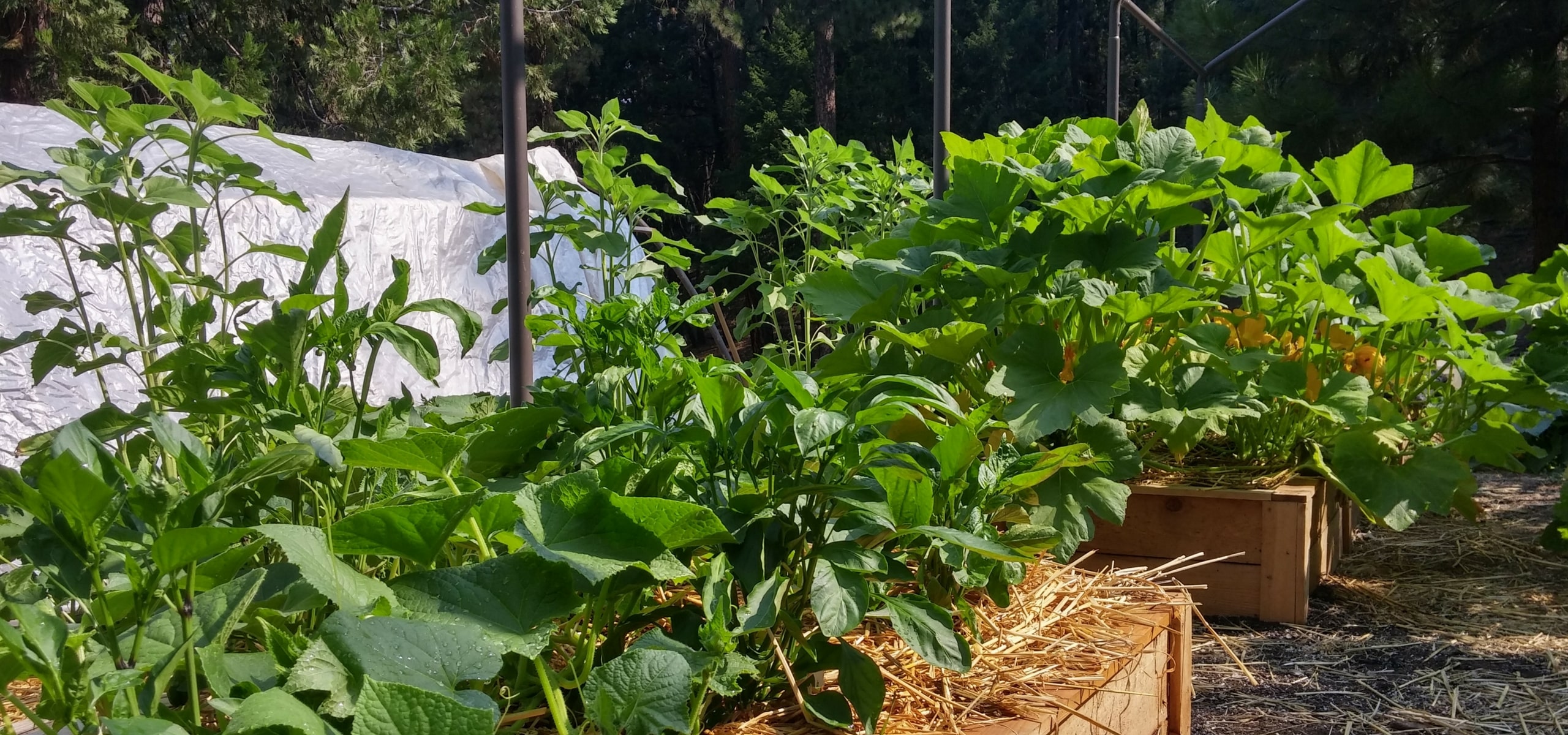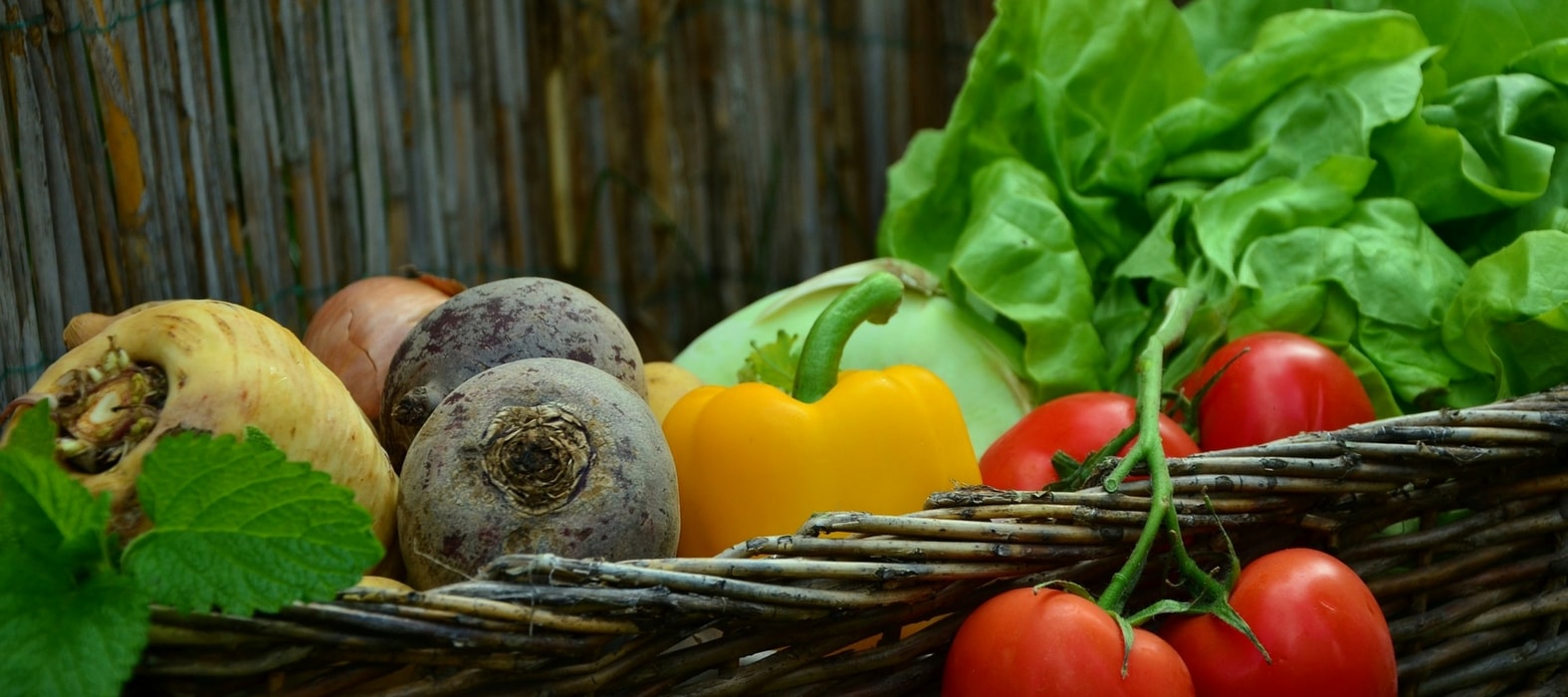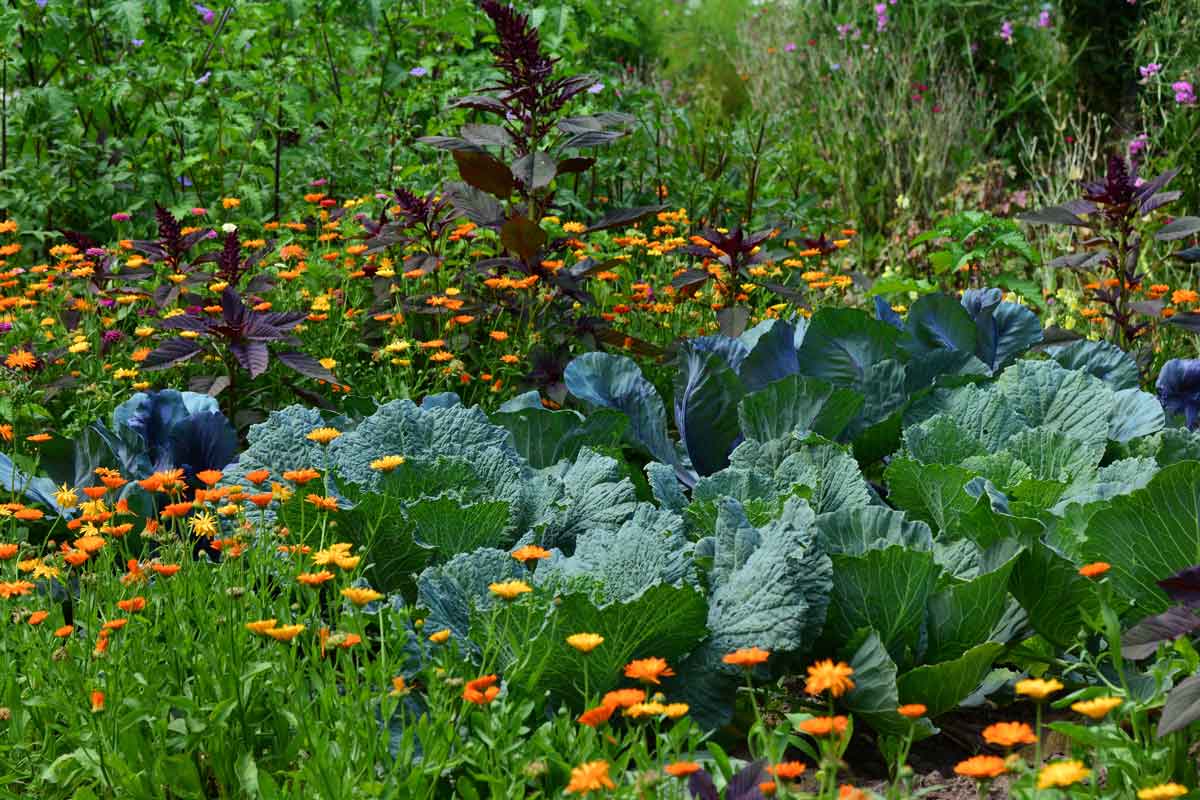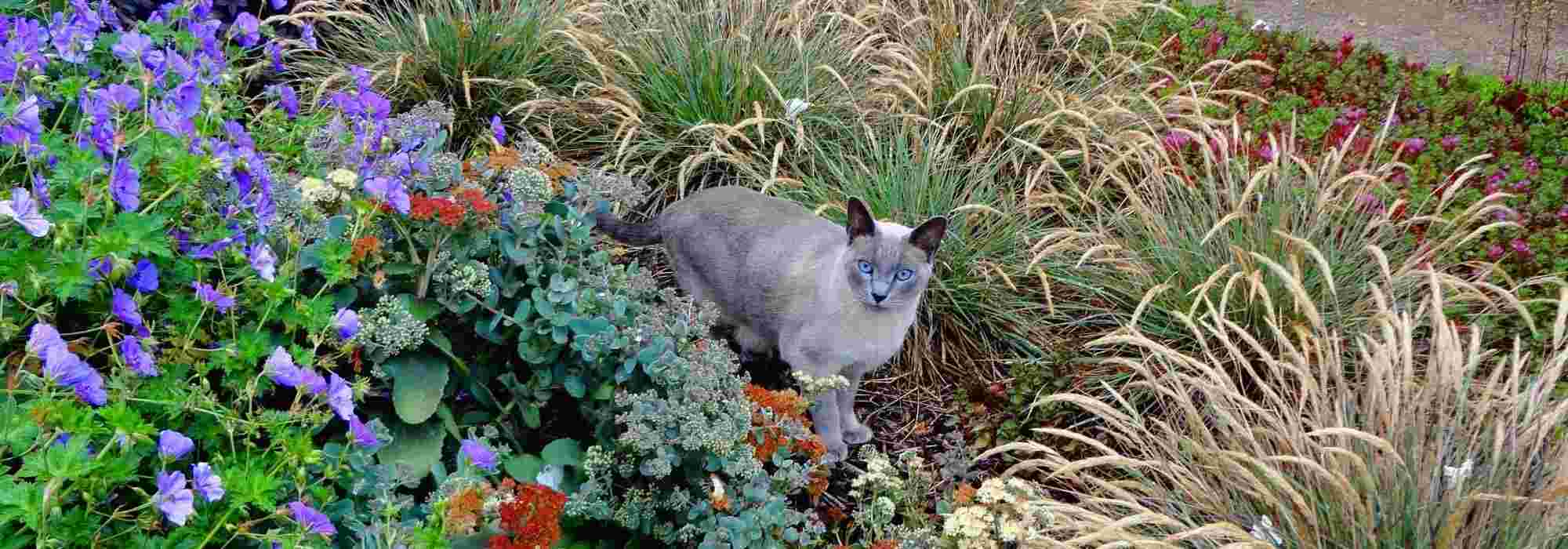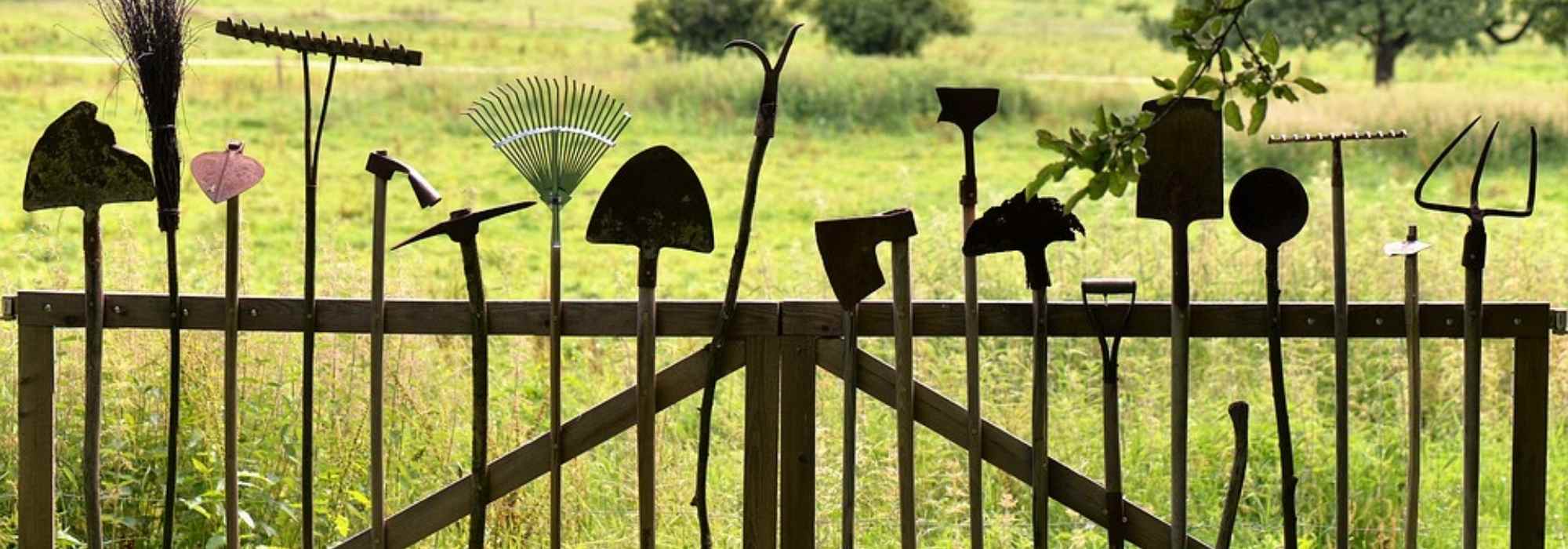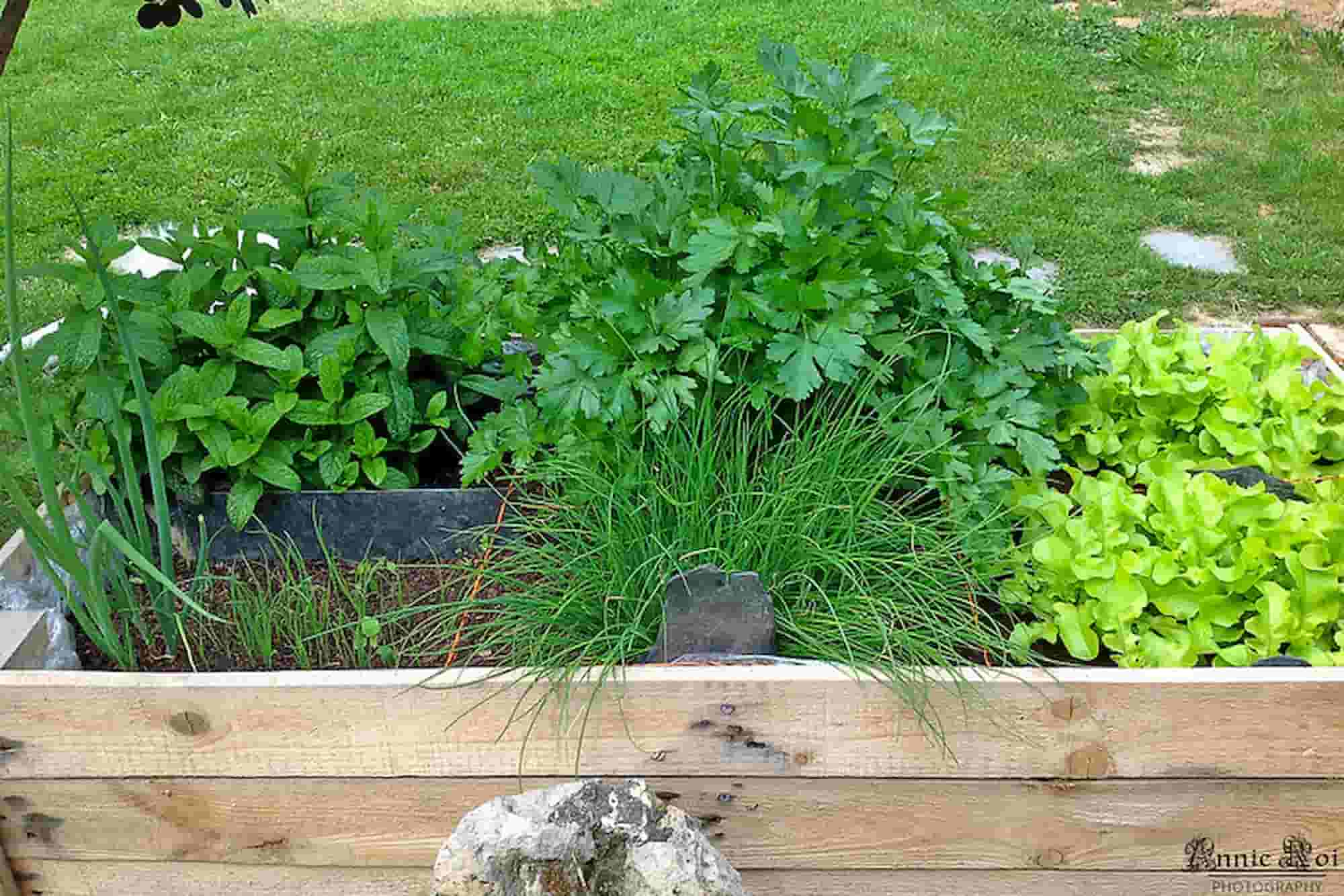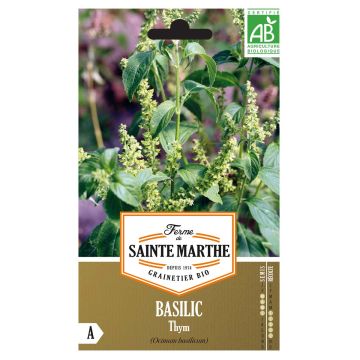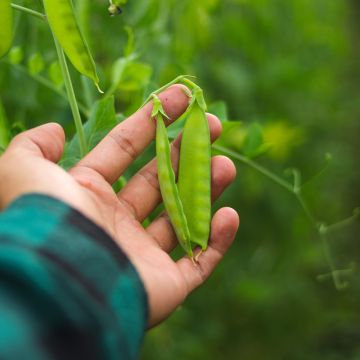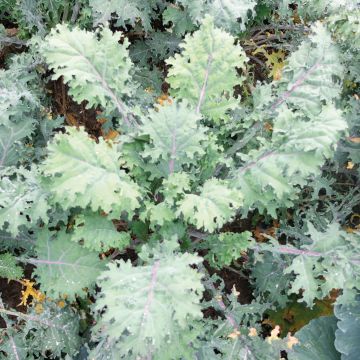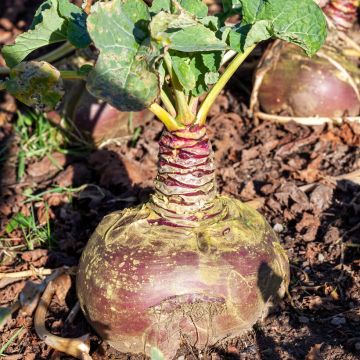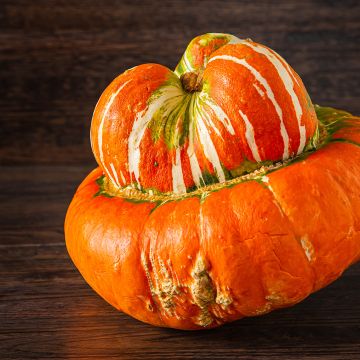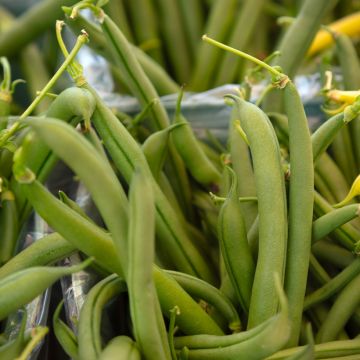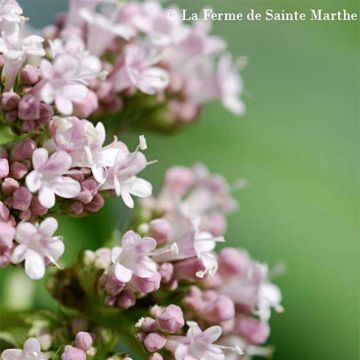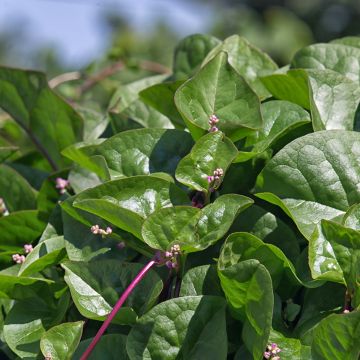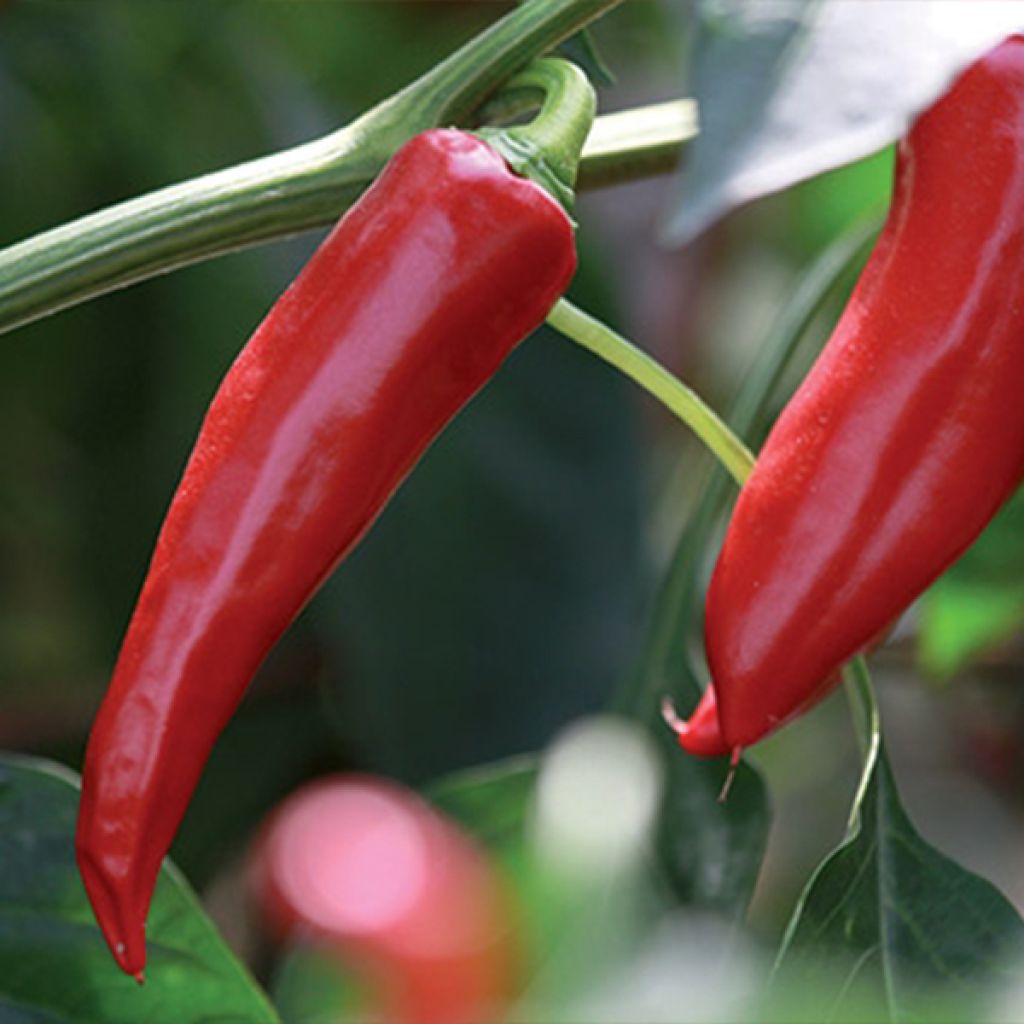

Piment Basque Gorria Bio en minimottes
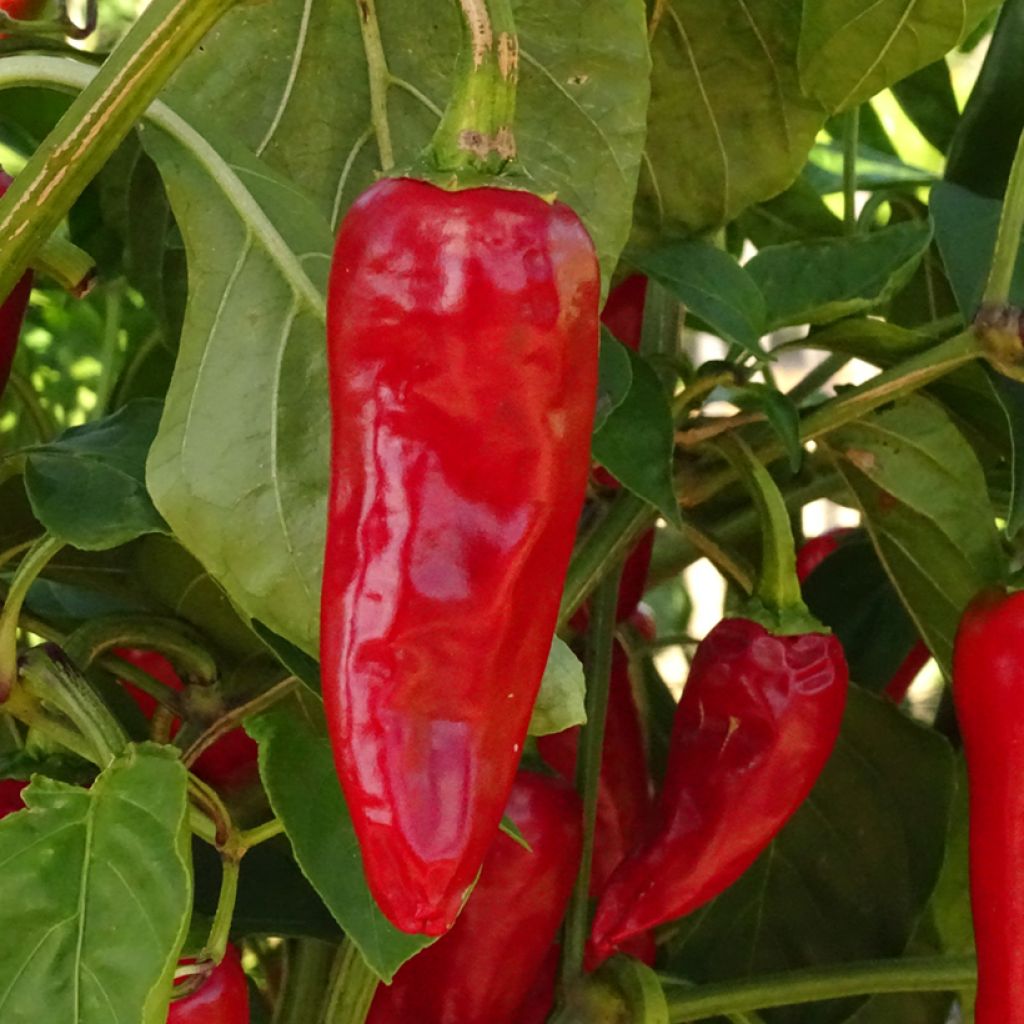

Organic Gorria Pepper plugs - Capsicum frutescens
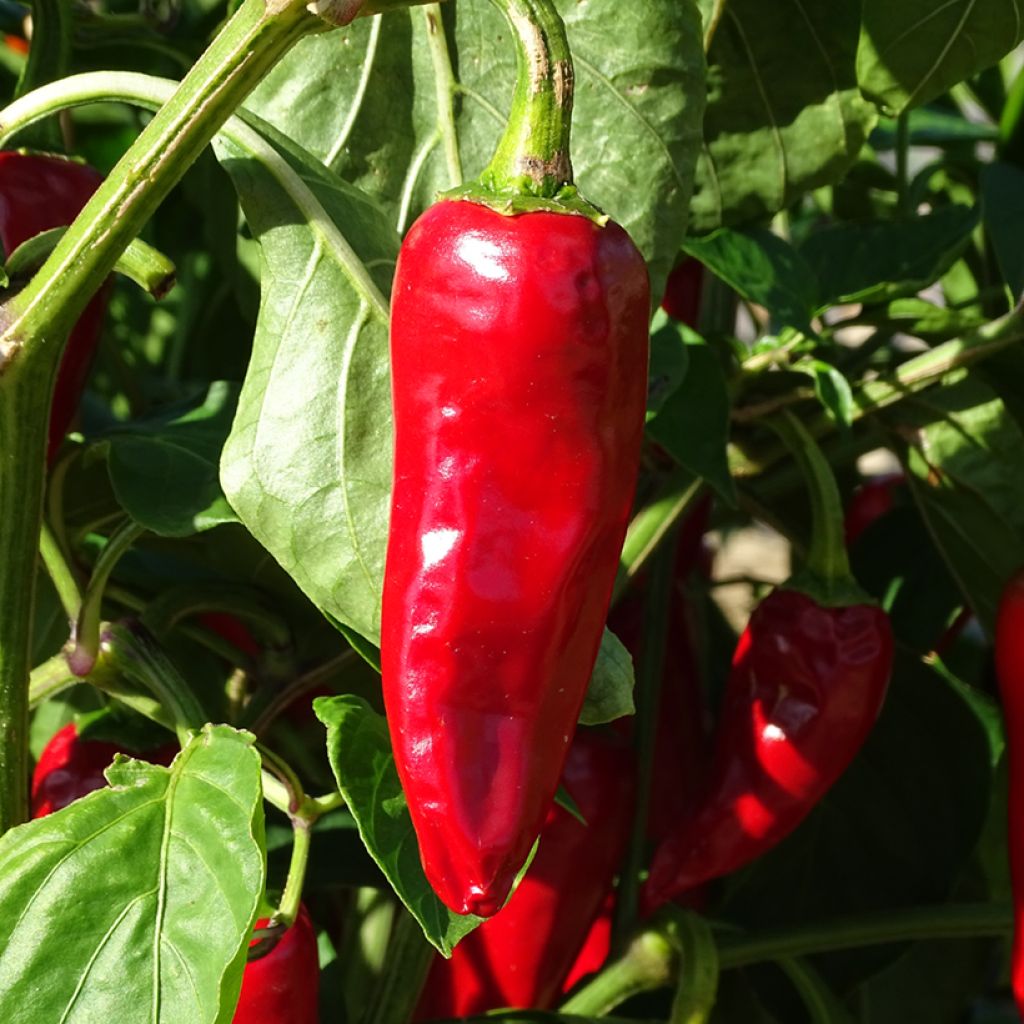

Organic Gorria Pepper plugs - Capsicum frutescens
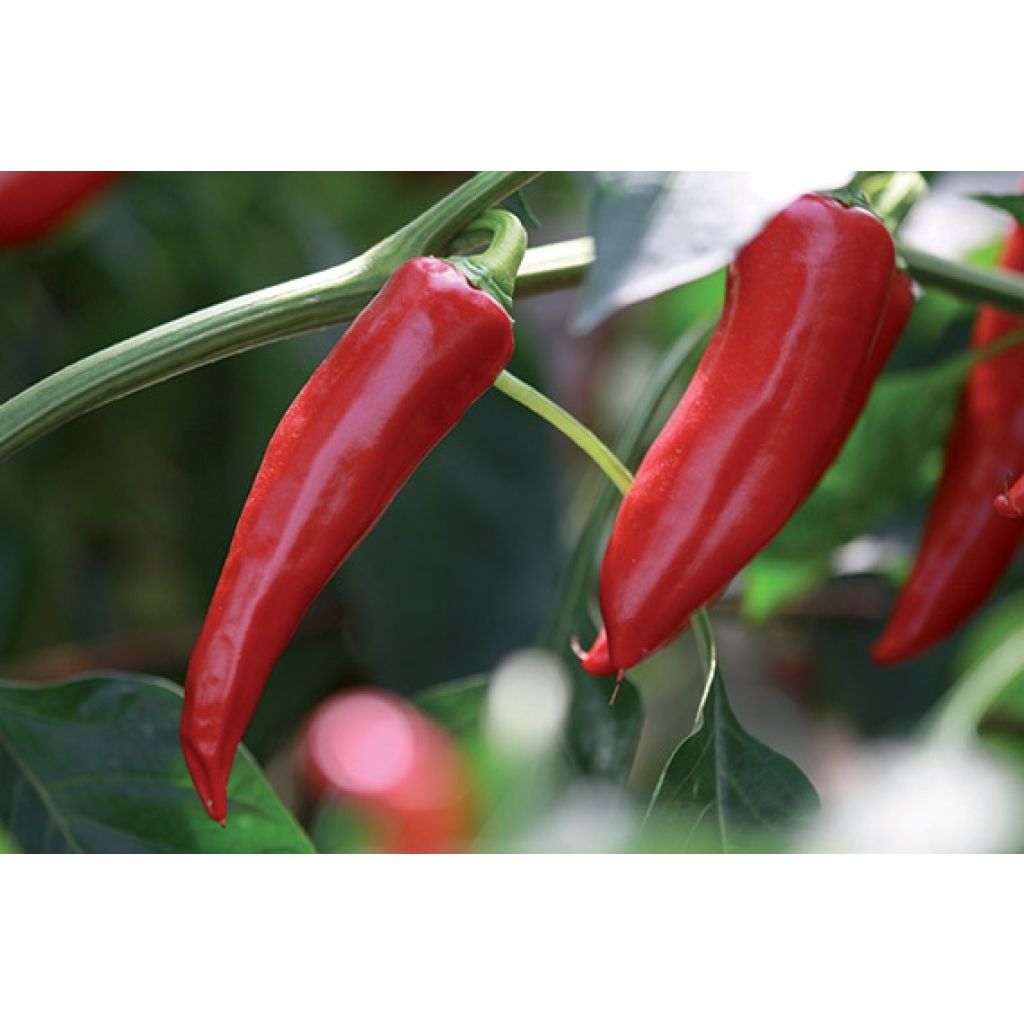

Organic Gorria Pepper plugs - Capsicum frutescens
Organic Gorria Pepper plugs - Capsicum frutescens
Capsicum frutescens Gorria
Bell pepper, Sweet pepper
Very disappointed, the young plants arrived dead and the third one in bad condition couldn't be saved.
maryse, 22/05/2024
Special offer!
Receive a €20 voucher for any order over €90 (excluding delivery costs, credit notes, and plastic-free options)!
1- Add your favorite plants to your cart.
2- Once you have reached €90, confirm your order (you can even choose the delivery date!).
3- As soon as your order is shipped, you will receive an email containing your voucher code, valid for 3 months (90 days).
Your voucher is unique and can only be used once, for any order with a minimum value of €20, excluding delivery costs.
Can be combined with other current offers, non-divisible and non-refundable.
Why not try an alternative variety in stock?
View all →This plant carries a 6 months recovery warranty
More information
We guarantee the quality of our plants for a full growing cycle, and will replace at our expense any plant that fails to recover under normal climatic and planting conditions.
Description
Capsicum frutescens 'Gorria' is a variety of chilli pepper with a deliciously spicy flavour. It is the famous Espelette pepper, traditionally cultivated in the Basque Country. It bears slender fruits, 15cm (6in) long. They are a beautiful shade of red when ripe. It can be dried and stored for a long time. Its spicy flavour is used to enhance many dishes and sauces. Plant the plugs in March-April for a harvest from late July to October.
Our plug plants are certified organic.
Chillis belong to the Solanaceae family. Archaeological evidence proves that chilli peppers were consumed by the Incas in 7500 BC and have been cultivated since 3000 BC. Chilli peppers are perennial in tropical climates, but are grown as annuals in our latitudes, unless they are grown in a pot that can be stored indoors during winter. It produces small white or mauve flowers with different coloured anthers or seeds depending on the species.
Discovered by the Spanish in the 16th century, their use quickly spread throughout the world. Chilli peppers are incorporated into many culinary traditions. All have been captivated by this bright red fruit that "bites when bitten", a characteristic that earned it the name capsicum. There are five major species, often recognisable by the colour of their flowers, among other things. Forming an upright bush with lanceolate leaves, they produce small flowers that become hollow fruits containing seeds, with the colour varying depending on the variety.
Chilli peppers are naturally rich in vitamin C, about twice as much as lemons or oranges. It is a volatile substance whose content decreases considerably as the pepper dries. It becomes even scarcer when ground into powder. It is also very rich in vitamin A, a more stable substance whose content tends to increase as the fruit dries.
Chilli peppers are particularly known for containing a tasteless and odourless but extremely powerful alkaloid called capsaicin, whose strength is traditionally measured on the Scoville scale: neutral, mild, warm, hot, strong, burning, scorching, torrid, volcanic, and explosive. The flavour and strength of the chilli are two completely independent notions. The strength measured by the Scoville scale does not activate the taste buds, but the heat receptors of the skin or mucous membranes, causing a strong burning sensation. The content of capsaicin distinguishes chillis from bell peppers. Studies have shown that, when used in dishes, hot chilli peppers also act as bactericides. Naturally, chilli pepper plants without predators produce only a small amount of capsaicin in their fruits. On the other hand, plants subjected to numerous enemies of all kinds will produce fruits rich in this substance. It is thus an effective defence mechanism of the plant.
We are used to distinguishing between bell peppers and chilli peppers. Bell pepper is a term for a pepper without capsaicin. Both can be prepared as purées or confits, as accompaniments or main courses.
Harvesting: the time of harvest is determined by the colour of the variety when ripe, as well as by your preference for the chilli's strength or aroma. Some varieties develop a fruit with an enchanting aroma that disappears when ripe. Others can be enjoyed happily while still green, while some can only be tolerated when ripe. Pick them with a small knife or by hand as needed, taking care to leave one to two centimetres of the stem. It continues to ripen after being picked.
Storage: chillis can be stored for several days in the vegetable drawer of a refrigerator. Depending on the quantity of your production, you may want to keep your chillis a little longer. You can dry them in the sun by cutting the peppers in half lengthwise. Air drying indoors is only possible if the conditions are dry enough, otherwise the fruits will become soft. You can also dry whole fruits in an oven on a low temperature (about 50°C (122°F)) for several hours. When they are completely dry, you can either grind them into powder with a blender or leave them braided or in garlands in the house as a decorative element. You can choose to store the peppers while still fresh. In this case, you have the option of marinating them in oil with herbs, pickling them in vinegar, or reducing them to a puree. There are plenty of recipes for these methods. As a last resort, you can also freeze your chillis. In any case, wash and dry them carefully and wear gloves. Some chilli varieties are so hot that an intense burning sensation can occur when handling them. Do not touch your eyes after handling chillis without thoroughly washing your hands.
Gardener's tip: plant them with tomatoes, basil, or aubergines. Solanaceae plants appreciate each other's company. Plant radishes nearby to keep red spider mites away. Experiments have been conducted with pepper infusions in Vietnam with great success against pests. Indeed, the resulting tea becomes a powerful natural insecticide with a detrimental effect on the digestive system of pests. Simply boil a handful of chillis in 2 to 3 litres of water and let the mixture steep for a week. As a precaution, wear gloves and protective goggles when spraying.
Harvest
Plant habit
Foliage
Other Vegetable plants A to Z
View all →Planting and care
These plants require warmth. Plant in open ground in spring, after the last frost.
In the meantime, you can pre-cultivate them in pots with a diameter of 8 to 13cm (3 to 5in), filled with compost. Keep them in a very bright, lightly heated room, but frost-free. Water regularly. Do not bury the graft point!
In open ground
Plant in open ground when the soil is sufficiently warmed up and the risk of frost has passed. This is usually around mid-May. Choose a very sunny and sheltered location. Peppers appreciate very rich, light, and well-drained soil. Add well-rotted compost to the soil in the previous autumn.
Space the plants 50cm (20in) apart in all directions. Dig a hole (3 times the volume of the root ball), add well-rotted compost to the bottom of the planting hole. Place your plant with the graft point at ground level and cover with soil. Firmly tamp down and water.
At the beginning of cultivation, place a removable tunnel over the plants to gain a few degrees, especially in cooler regions. Hoe and gently weed as the roots are shallow. Apply mulch.
In a pot
Choose a pot that is at least 30cm (12in) deep. Place a layer of gravel or clay pebbles at the bottom of the pot to facilitate drainage. Fill the pot with a mixture of potting soil and well-rotted compost. Place the root ball and cover with soil. Firmly tamp down and water. Place the pot in the sun. Regularly add compost.
Install stakes. Water regularly at the base of the plants.
It is advisable to pinch the plants, especially in cooler regions. When the plants have 10 to 15 fruits, cut the ends of the stems one leaf above the last fruit.
Plant flowers nearby that will attract pollinating insects.
In terms of rotation, wait 3 years before growing them in the same ground again.
Cultivation
Care
Intended location
Planting & care advice
-
, onOrder confirmed
Reply from on Promesse de fleurs
Similar products
Haven't found what you were looking for?
Hardiness is the lowest winter temperature a plant can endure without suffering serious damage or even dying. However, hardiness is affected by location (a sheltered area, such as a patio), protection (winter cover) and soil type (hardiness is improved by well-drained soil).

Photo Sharing Terms & Conditions
In order to encourage gardeners to interact and share their experiences, Promesse de fleurs offers various media enabling content to be uploaded onto its Site - in particular via the ‘Photo sharing’ module.
The User agrees to refrain from:
- Posting any content that is illegal, prejudicial, insulting, racist, inciteful to hatred, revisionist, contrary to public decency, that infringes on privacy or on the privacy rights of third parties, in particular the publicity rights of persons and goods, intellectual property rights, or the right to privacy.
- Submitting content on behalf of a third party;
- Impersonate the identity of a third party and/or publish any personal information about a third party;
In general, the User undertakes to refrain from any unethical behaviour.
All Content (in particular text, comments, files, images, photos, videos, creative works, etc.), which may be subject to property or intellectual property rights, image or other private rights, shall remain the property of the User, subject to the limited rights granted by the terms of the licence granted by Promesse de fleurs as stated below. Users are at liberty to publish or not to publish such Content on the Site, notably via the ‘Photo Sharing’ facility, and accept that this Content shall be made public and freely accessible, notably on the Internet.
Users further acknowledge, undertake to have ,and guarantee that they hold all necessary rights and permissions to publish such material on the Site, in particular with regard to the legislation in force pertaining to any privacy, property, intellectual property, image, or contractual rights, or rights of any other nature. By publishing such Content on the Site, Users acknowledge accepting full liability as publishers of the Content within the meaning of the law, and grant Promesse de fleurs, free of charge, an inclusive, worldwide licence for the said Content for the entire duration of its publication, including all reproduction, representation, up/downloading, displaying, performing, transmission, and storage rights.
Users also grant permission for their name to be linked to the Content and accept that this link may not always be made available.
By engaging in posting material, Users consent to their Content becoming automatically accessible on the Internet, in particular on other sites and/or blogs and/or web pages of the Promesse de fleurs site, including in particular social pages and the Promesse de fleurs catalogue.
Users may secure the removal of entrusted content free of charge by issuing a simple request via our contact form.
The flowering period indicated on our website applies to countries and regions located in USDA zone 8 (France, the United Kingdom, Ireland, the Netherlands, etc.)
It will vary according to where you live:
- In zones 9 to 10 (Italy, Spain, Greece, etc.), flowering will occur about 2 to 4 weeks earlier.
- In zones 6 to 7 (Germany, Poland, Slovenia, and lower mountainous regions), flowering will be delayed by 2 to 3 weeks.
- In zone 5 (Central Europe, Scandinavia), blooming will be delayed by 3 to 5 weeks.
In temperate climates, pruning of spring-flowering shrubs (forsythia, spireas, etc.) should be done just after flowering.
Pruning of summer-flowering shrubs (Indian Lilac, Perovskia, etc.) can be done in winter or spring.
In cold regions as well as with frost-sensitive plants, avoid pruning too early when severe frosts may still occur.
The planting period indicated on our website applies to countries and regions located in USDA zone 8 (France, United Kingdom, Ireland, Netherlands).
It will vary according to where you live:
- In Mediterranean zones (Marseille, Madrid, Milan, etc.), autumn and winter are the best planting periods.
- In continental zones (Strasbourg, Munich, Vienna, etc.), delay planting by 2 to 3 weeks in spring and bring it forward by 2 to 4 weeks in autumn.
- In mountainous regions (the Alps, Pyrenees, Carpathians, etc.), it is best to plant in late spring (May-June) or late summer (August-September).
The harvesting period indicated on our website applies to countries and regions in USDA zone 8 (France, England, Ireland, the Netherlands).
In colder areas (Scandinavia, Poland, Austria...) fruit and vegetable harvests are likely to be delayed by 3-4 weeks.
In warmer areas (Italy, Spain, Greece, etc.), harvesting will probably take place earlier, depending on weather conditions.
The sowing periods indicated on our website apply to countries and regions within USDA Zone 8 (France, UK, Ireland, Netherlands).
In colder areas (Scandinavia, Poland, Austria...), delay any outdoor sowing by 3-4 weeks, or sow under glass.
In warmer climes (Italy, Spain, Greece, etc.), bring outdoor sowing forward by a few weeks.






























